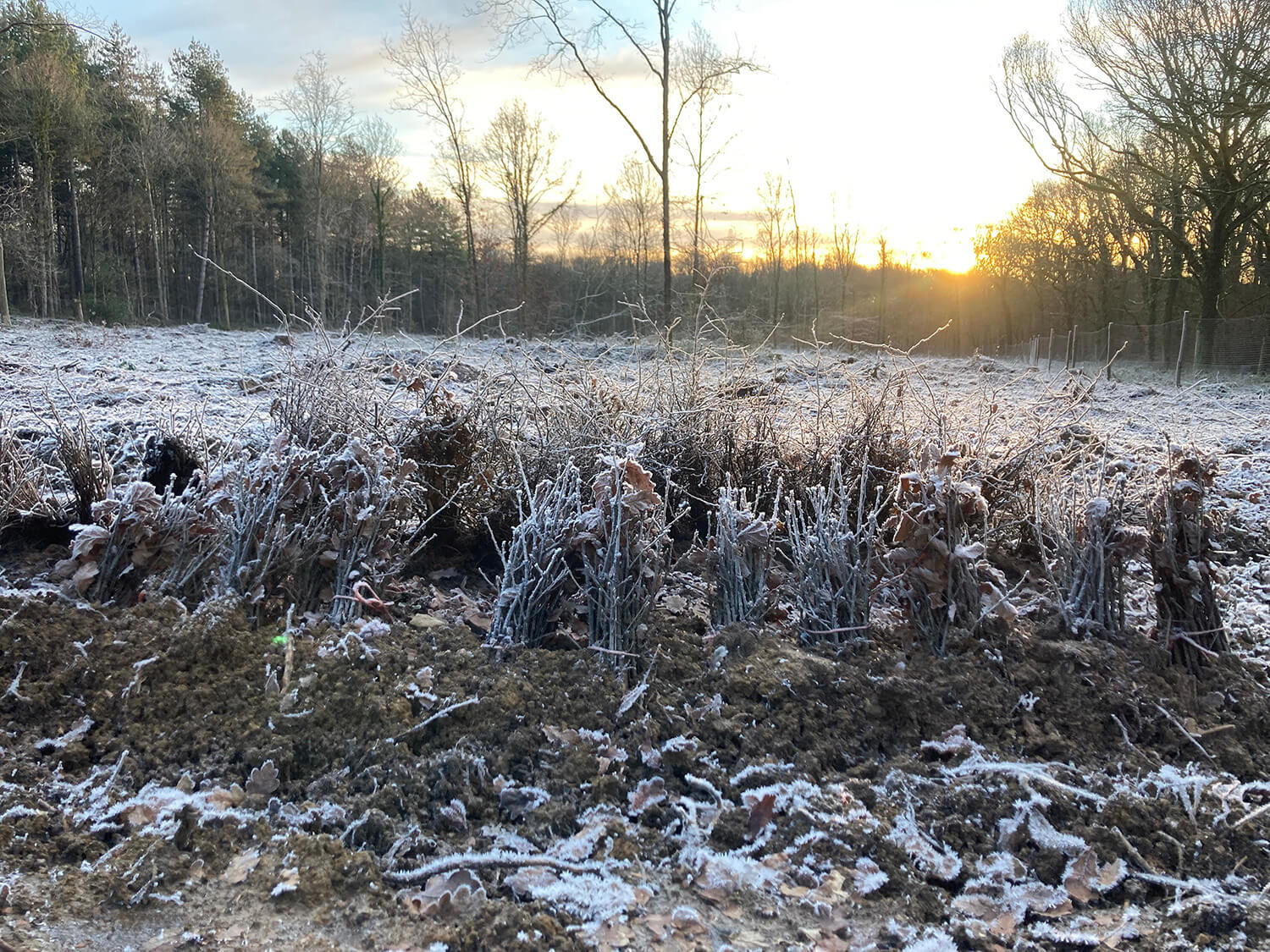DBFB supported the planting of 800 climate resilient trees across the UK in 2022-23
This year, DBFB has committed to plant 800 climate resilient trees in partnership with GreenTheUK and the Royal Forestry Society. Benefits of planting these trees could increase each woodland's resilience to pests, diseases and/or climate change as well as enriching local biodiversity and sequestering carbon. In this report, learn more about the different tree species planted by DBFB.

Tree Species Planted:
406 trees planted in West Sussex
This woodland in the South Downs National Park has restored with a mix of native broadleaved trees. Over the last 50 years, Dutch elm disease has killed millions of elm trees in the UK. As part of this project, disease resistant elm trees have been planted to help replace some of the trees that were lost from the landscape. Elms, alongside other broadleaf trees, such as juniper trees, will provide food and shelter for local wildlife.
394 Trees planted in West Sussex
Norway spruce has been felled to make way for a mix of native broadleaf trees. These trees will help to provide shelter, food and habitats for local wildlife. Trees such as hazel and crab apple will provide nuts and fruit for mammals and birds. Some of the trees (such as guelder rose) are especially good for pollinating insects. In 100 years (or more) some of the oak trees that are planted could be felled to provide sustainable building materials.

UN's Sustainable Development Goals
As a GreenTheUK partner, you support projects that are in line with the UN Sustainable Development Goals.

Take urgent action to combat climate change and its impacts.

Sustainably manage forests, combat desertification, halt and reverse land degradation, halt biodiversity loss.





















































.jpg)
.jpg)
.jpg)
.jpg)
.jpg)
